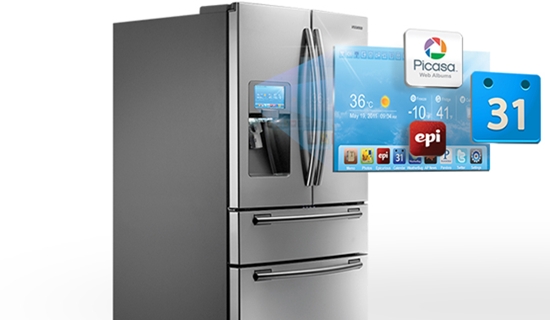I think sometimes we look at things in a lens that is too focused.
For many years we’ve looked and laughed at internet enabled fridges and tweeting plants but to make sense future thinking people have taken a step back and had the imagination to see the whole ecosystem of the connected home, a world where you can turn on your cooker from work, or check to see if you have left the garage door closed.
But I still think these use cases are rather pathetic, relatively fringe and certainly not providing enough value to make the $15k investment in an entirely connected home worthwhile.
But when you really take a step back, where you vision includes things that seem rather peripheral, you can begin then to join a lot of things together that show how amazing things could happen.
I don’t think we are far from a world where the world of advertising starts becoming less the use of creativity to get brands and consumers to connect and engage, but a world where creativity is used to allow brands to provide value to consumers. The process of agencies like the IPG Media lab will be to have the imagination but also the knowledge of fringe technology to join the dots together and to do so in the context of business and brands.
We are talking of a world of both creative business models and branded utility.
I think in less than 3 years a connected home will include a fridge that knows what products we like, what food we have, when it is about to turn bad, where we are going to be that week, who we may expect to have come and visit.
This may seem rather out there, but it’s a simple question of taking in some of the utility that apps like “Slice” provide now, advancing it a little, and then pulling data from your google calendar, location and other sources to help suggest solutions, or as we like to call it, the world of “anticipatory computing”
In a world like this, an online grocery company could subsidize the cost of your fridge by ensuring that it will only be able to order goods from their own site.
You may find that you never run out of milk because it’s ordered before it’s about to go bad or run out.
You may find ads for food products that sync with your fridge and tell you what else you need to order to make a suggested recipe and order it for you.
This is world far removed from the now, but not because the technology is so advanced, but because our attitude towards “advertising” shifts away from technology as an enabler of better brand messaging, but technology as an enabler of better brand solutions.

